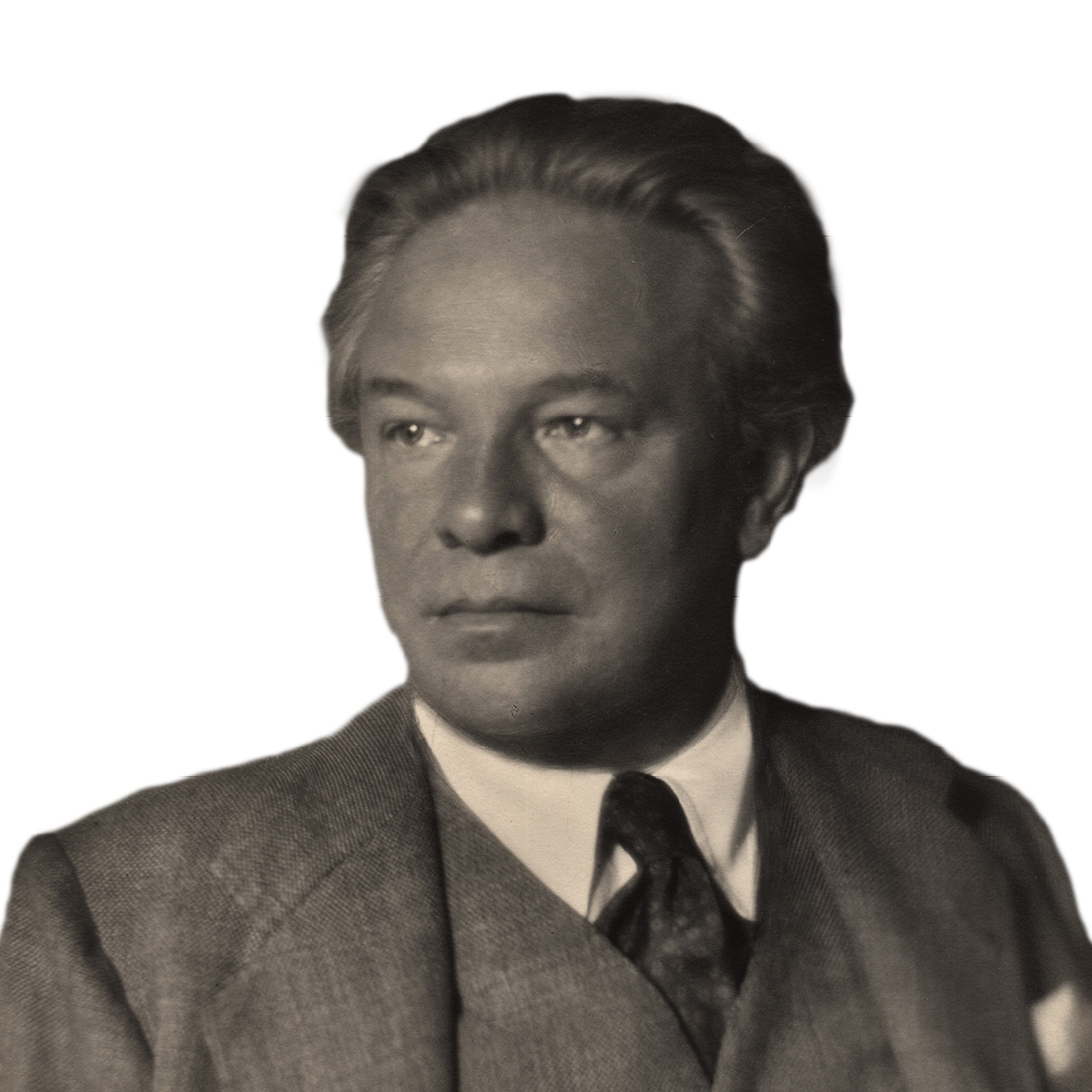
|
Pini di Roma (“Pines of Rome”) |
Composed: 1923-24 Estimated length: |
|
Born on July 9, 1879, in Bologna, Italy; Died on April 18, 1936, in Rome, Italy |
|
|
First performance: December 14, 1924, with Bernardino Molinari conducting the Augusteo Orchestra in Rome. |
|
|
First Nashville Symphony performance: November 27, 1956, with Guy Taylor conducting at War Memorial Auditorium. |
|
This most frequently performed of Respighi’s Rome portraits uses the city’s signature pine trees as a unifying image (just as fountains serve that function in Fontane). “The Pines of the Villa Borghese,” depicts the innocent play of children in the pine grove of these lavish gardens, which Bernini’s patron had created from his vineyards. A scene change takes us to the dark, shadowy soundscape of “Pines Near a Catacomb,” where pines are seen overhanging the entrance of a catacomb.
Janiculum Hill lay outside the bounds of the ancient city while providing spectacular vistas. Set to a stirring martial tempo, “The Pines of the Appian Way” guides us from the night lit by full moon to a misty dawn, where solitary pines, like soldiers, guard the grand military avenue that ensured Roman power.
WHAT TO LISTEN FOR
Respighi described how the children of the Villa Borghese dance “the Italian version of ‘Ring around-a-rosy’…mimic marching soldiers and battles, twitter and shriek like swallows at evening, coming and going in swarms.” A hymn-like chant by contrast emerges with solemn gestures in the “Catacomb” panel—and is then “mysteriously silenced.” Respighi combines his mastery of the orchestra with a foolproof sense for how to structure a climax.
Night music ensues in “The Pines of the Janiculum,” featuring a solo clarinet, a piano cadenza, and the pre-recorded song of the nightingale. In a pioneering gesture of “multimedia” in the concert hall, Respighi called for the use of a phonograph recording of an actual nightingale’s song to be played with the live orchestra.
For the concluding “Appian Way,” Respighi imagined the incessant rhythm “of unending steps” and a “fantastic vision of past glories. Trumpets blare, and the army of the Consul bursts forth in the grandeur of a newly risen sun toward the Sacred Way, mounting the Capitoline Hill in triumph.”
Scored for a large orchestra of 3 flutes (3rd doubling piccolo), 2 oboes, English horn, 2 clarinets, bass clarinet, 2 bassoons, contrabassoon, 4 horns, 3 trumpets, 3 trombones, tuba, timpani, percussion, harp, celesta, piano, organ, and strings; Respighi includes the pre-recorded song of a nightingale and an offstage complement of six buccine (plural of buccina, a circular brass instrument used by the ancient Roman army and regarded as the ancestor to the trumpet and trombone; these parts are usually played by modern saxhorns or flugelhorns)
− Thomas May is the Nashville Symphony's program annotator.